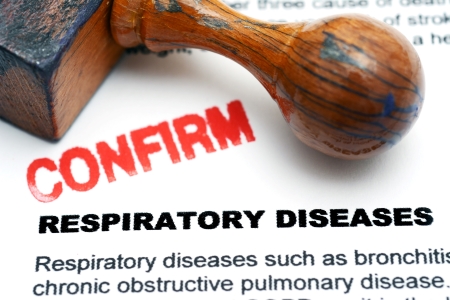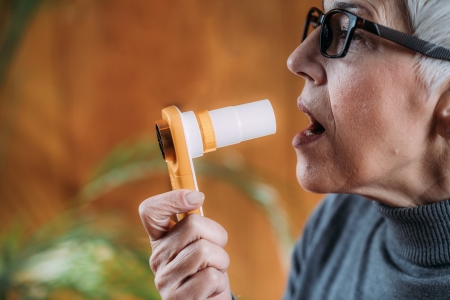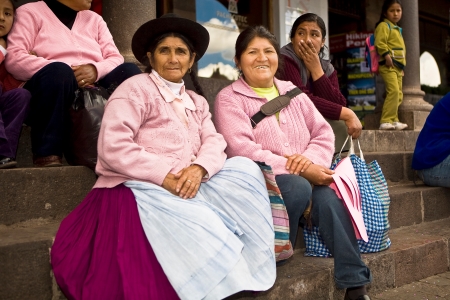COPD Testing for Chronic Obstructive Pulmonary Disease must not be taken for granted. In countries like the US, evaluation is simple and easy. However, research proves tests are shockingly unavailable in low and middle-income countries.
Our FLASS blog focuses on the new research to bring you basic as well as recent global information about COPD.
A Bit of Backstory on COPD Testing

Test for Respiratory Diseases Are Affordable and Plentiful In the U.S. But, What About the Rest of The World?
1. First, remember that COPD includes serious lung conditions. Emphysema and chronic bronchitis are the names of the included diseases in COPD.
2. However, did you know COPD has become the world’s “ third leading cause of morbidity with more than three million deaths a year?”
There was an old commercial that used to say, “What the world needs now is love, sweet love…” After reading this blog, you will understand why FLASS thinks that what the world also needs now is affordable COPD screening tests.
The Sad Truths Behind The Statistics and COPD Testing
Researchers know that the worst burden of illness and death is carried by low-and middle-income countries. Those countries account “for around 90% of COPD-related deaths.”
Likewise, they said, “Globally, COPD has also been a major risk factor associated with Covid-19 outcomes.” The simplest, saddest truth behind this statistic is that inexpensive screening could turn these numbers around.
Heroic Researchers Pursue the Facts Beyond High-Income Borders
University College London (UCL) researchers concluded a COPD Study. They stated, “Simple screening for common lung disease could relieve millions of COPD victims globally.”
Researchers conducted the study on an international scale. And they further concluded, “The numbers of people with COPD could be significantly reduced with a simple health assessment…”
Let’s take a look at the main points behind these global discoveries and the UCL research conclusions.
Background to a Recent Study for Simple Screening for COPD

Medical Tests for Respiratory Diseases Are a Low-Priority for Many Low-Income Countries. Simple Scanning Could Save Millions of Lives.
In high-income countries, doctors diagnose COPD with a very simple test. We use a spirometer. You might have experienced just such a simple test.
You blow into a device. It “measures how much air a person can breathe out in one forced breath.” Results from this little test help doctors diagnose and treat respiratory disease.
Life and Breath: Very Different in Low- to Mid-Income Countries
We all know that the main cause of COPD in high-income countries is most often smoking. However, in Low-to Mid-Income Countries, there are more varied causes of COPD.
They include “Household air pollution in the form of biomass smoke for cooking and heating…” Likewise, such countries have more rampant respiratory health issues. Thus, we see, “other causes include:
- impaired lung growth.
- chronic asthma.
- And post-tuberculosis lung damage.
Low-to-Mid Income Countries: Spirometry Unavailability
When spirometry, “the gold standard” for testing and diagnosing COPD” is unavailable, people suffer. Thus, experts in the recent study deduced shortages of simple tests for COPD.
The shortages exist primarily in low-to-medium income countries. Likewise, there is a shortage of clinicians who can interpret them. “Therefore, rolling these out is costly.
As a result, the UCL (University College, London,) further deduced COPD is commonly undiagnosed” in low to mid-income countries. Recently they decided to do a study to prove these deductions.
More Facts from the New UCL Study

Simple Spirometry Can Diagnose COPD and Help Raise a Patient’s Quality of Life.
Additionally, research scientists discovered that doctors could find people at high COPD risk in 7-8 minutes. Consequently, they used either a questionnaire or the very low-cost Peak Expiratory Flow (PEF) assessment.
Principal Investigator Professor John Hurst (UCL Division of Medicine) stated a major concern. “Chronic Obstructive Pulmonary Disease is one of the world’s major public health issues, causing both individual and economic harm…”
Additionally, he went explained that often in the US and other high-income countries, our simple COPD tests show COPD at a much earlier stage.
The Advantages of COPD Testing in High-Income Countries
He added, that high-income countries showed other results. They “tended to identify milder disease, not requiring much intervention.”
Then, he explained the purpose of his study. “Up until now the performance of these screening tools has not been adequately studied in LMICs… Additionally, he stated, “We aimed to assess both the diagnostic accuracy and feasibility of simple screening tools.”
The Research Experiment: Simple Screening COPD Testing
ULC set up their experiment on COPD testing in several Mid-to-low-income countries featuring semiurban, rural, or urban conditions.
- Bhaktapur in Nepal. (semiurban)
- Urban Lima, Peru.
- And rural Nakaseke, Uganda.
The Materials of the COPD Testing Experiment
Importantly, screening tools were used in all three settings below:
1. Two of the screening tools (COLA 6 and CAPTURE) included a questionnaire and Peak Expiratory Flow (PEF).
2. Next, the other screening tool, LFQ, solely involved a questionnaire.
3. Finally, they added a spirometry test for accuracy.
The Patients in the Research Study
They evaluated 10,709 male and female adults. Moreover, these participants ranged in age from 40 years to “older.”
The researchers selected the participants without knowledge of their symptoms or prior diagnoses. Additionally, the scientists only required that the participants in the study be healthy enough to do the spirometry test.
Fascinating Findings from the study:
Firstly, the prevalence of COPD varied by setting.
- They found 3% in Lima (Peru).
- Then, the researchers discovered 7% in Nakaseke (Uganda).
- And finally, they found a whopping 18% in Bhaktapur (Nepal).
Findings of Simple Screening Tests for COPD in Low-to-mid-income Countries
Additionally, and sadly, they discovered 49% of COPD cases were clinically significant based on their symptoms.
They discovered 16% had a severe or very-severe disease measured on spirometry. Horrifyingly, 95% of cases were previously undiagnosed.
Researcher’s Pronouncement Following the Experiments

Saving Lives: Simple Scans for COPD Needed World-Wide.
They announced that the screening instruments performed well and similarly in each setting. They also proclaimed that the scans could be performed efficiently in 7-8 minutes with trained research staff.
In the words of Professor Hurst: “Our findings support the accuracy and feasibility of using simple screening tools to identify people affected by COPD, living in diverse low- and middle-income settings.”
We imagine that researchers were further saddened because most of the people accepted their symptoms and their lower quality of life. In short, the patients were simply unaware they could be helped.
Surprising Revelation: Smoking History Participants and His Final Appeal
Prof Hurst further stated, “In addition, only a minority of people had a history of smoking… He noted it “highlighted the poor conditions, exacerbated by biomass smoke, that people in low- and middle-income countries are living.”
He appealed to all of us in the medical community, and perhaps the community of the world, with rare compassion.
“Action is needed: the global health community has neglected the burden of chronic respiratory diseases for too long.” He explained, “It is now time for people with chronic respiratory diseases such as COPD to be promptly identified.”
He added, they must be “informed about their condition and treated — wherever they live in the world.”

